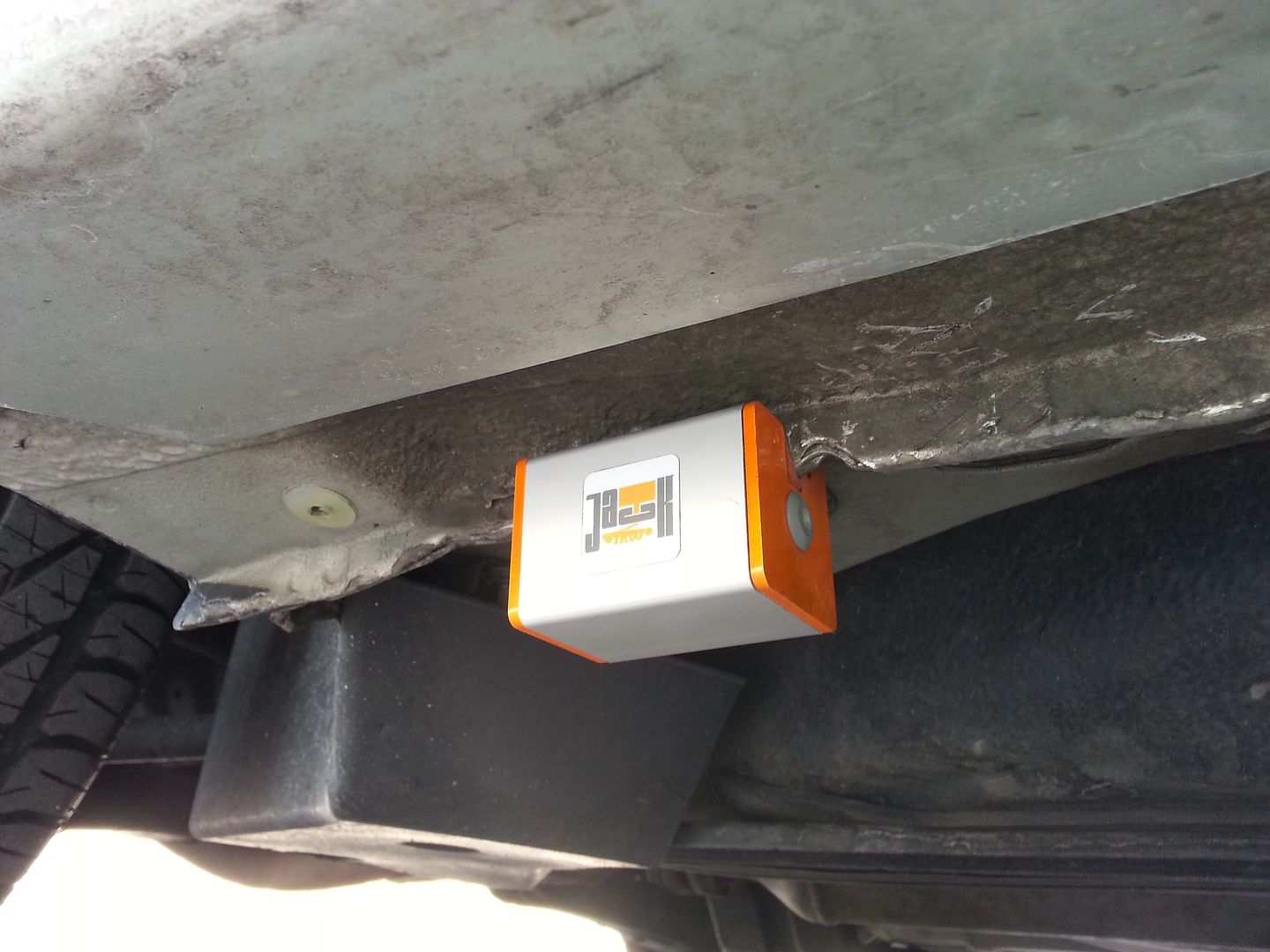So I have experienced a few pinch welds that have bent while jacking with a floor jack over the years and I think the fact that the welds were rusted didn't help but I started searching online on how to jack from the pinch welds with a floor jack and noticed that a couple of companies and a lot of people make their own pinch weld adapter from a hockey puck or a piece of steel. So with these adapters, it looked like the pinch weld went into the center groove of the adapter and the lifting force was applied to both sides of the pinch weld on the rocker panel. But then I seen this video, which says to jack right on the pinch weld with their adapter since it's the strongest point and not both sides of the pinch welds like I was thinking
Video
So my question is, should the lifting force be applied to the pinch welds or on both sides of the pinch welds on most cars? I looked at my factory jack in my 2006 Chevrolet HHR and it looks like it applies force to both sides of the pinch weld.
Video
So my question is, should the lifting force be applied to the pinch welds or on both sides of the pinch welds on most cars? I looked at my factory jack in my 2006 Chevrolet HHR and it looks like it applies force to both sides of the pinch weld.



